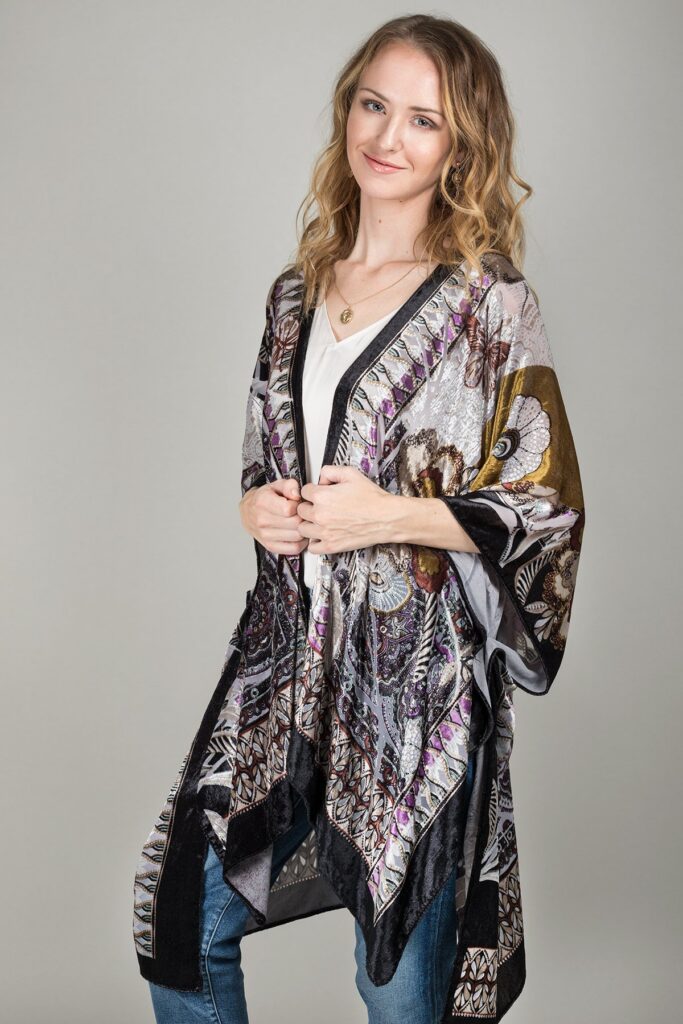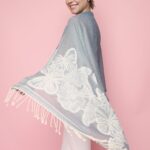Did you have any idea that various styles of kimono are worn during various events? The kimono worn during a wedding and the one for tea work are novel. Additionally, wedded ladies wear a substitute kind of kimono while single ladies wear another sort.
We as a whole comprehend that kimono is Japanese conventional clothing and it is regularly worn during striking events, by and large by ladies. The female kimonos have changed into a style, among the genuine Japanese, however different untouchables are enchanted to attempt it once in a while.
Thus, before you pick your kimono, might we at any point review a piece of the styles accessible. Promise you are wearing the right one for the event.
1. Furisode
Furisode (pronoun foo ri sody with all things considered, no syllables) is worn by unmarried ladies. Basically, furisode proposes swinging sleeves by virtue of long sleeves that fall into 39 to 42 inches. They are beautified with disguising plans that absolutely cover the entire piece of clothing. The more expanded the sleeve is, the more real it is. It is the most authentic piece of clothing for unmarried ladies to wear in wonderful events including advancing organisation, projecting a surveying structure, wedding limit (unmarried female relative from the lady’s family) and tea work.
2. Komon
Komon (小紋, according to a certifiable point of view minimal model) are worn by wedded and unmarried ladies. They have a model covering the whole kimono in any case with no specific heading or plan. Komon are the most loosened up silk kimonos.
3. Tomesode
Tomesode (留袖, according to a certified viewpoint added sleeve) are the most conventional kimono worn by wedded ladies. They generally have tops, and the models, which might join gold and silver, are just under the mid-area.
There are two sorts of tomesode kuro (黒, dull) and iro (色, conditioned); kuro tomesode are the most formal, and dependably have five apexes. They might be worn by visitors at formal occasions like weddings. Iro tomesode can have any base hiding other than dull, and may have one, three, or five zeniths.
4. Susohiki/Hikizuri
Worn by geisha or performers of standard Japanese dance. Curiously, with a typical kimono, these are on a very basic level longer and trail the floor.
5. Odori Katami Gawari
Odori deduces dance, so this is a standard Japanese specialist’s kimono. Katami Gawari surmises cream, recommending this kimono being half one plan and a huge piece of another, which will without a doubt be seen on an odori kimono than some other. Different odori kimonos are tsukesage, houmongi or komon in style. They are regularly in delivered materials, so they can, rather than silk, be washed dependably and they are most often unlined or fundamentally lower lined, to keep the specialist cooler
6. Iromuji
Iromuji (色無地, according to a certifiable point of view plain tone) are unpatterned kimonos in a solitary covered kimono worn by both wedded and unmarried ladies. They are all around sensible lunch administrations. The not entirely settled everlastingly by the nonattendance or presence and number of apexes.
7. Mofuku
Mofuku is the mourning dress worn by both male and female. They break an all down plain back silk with five tops over white underwear and white tabi. Concerning ladies, obi and different spots are in a faint way. The totally faint deploring garments are for family and individuals who are near the end date.
8. Yukata
Yutaka is worn at celebrations occurring in summer. Yutaka has a stunning, eclipsing and fundamental game plan. A cotton and unlined kimono is casually worn by male, female and any one in such ages. Separated into different sorts of kimonos, Yutaka kimonos are altogether less challenging to wear and remain mindful of and more sensible. In Vietnam, this sort of kimono is exceptionally prestigious, indisputably, they are generally worn in manga and cosplay celebrations.
9. Houmongi
A houmongi, a part of the time spelled homongi, consistently has a model around the secure and sleeve and by and large up over the body of the kimono. On houmongi, the model signs up at the kinks. Houmongi deduces visiting dress and they are less formal than tomesode yet more formal than tsukesage or komon kimonos.
10. Uchikake
An amazingly formal kimono just worn by ladies or at a show. It is normally all white or inconceivably particular with red as a base tone. It is to be worn beyond the genuine kimono and is never affixed with an obi.


